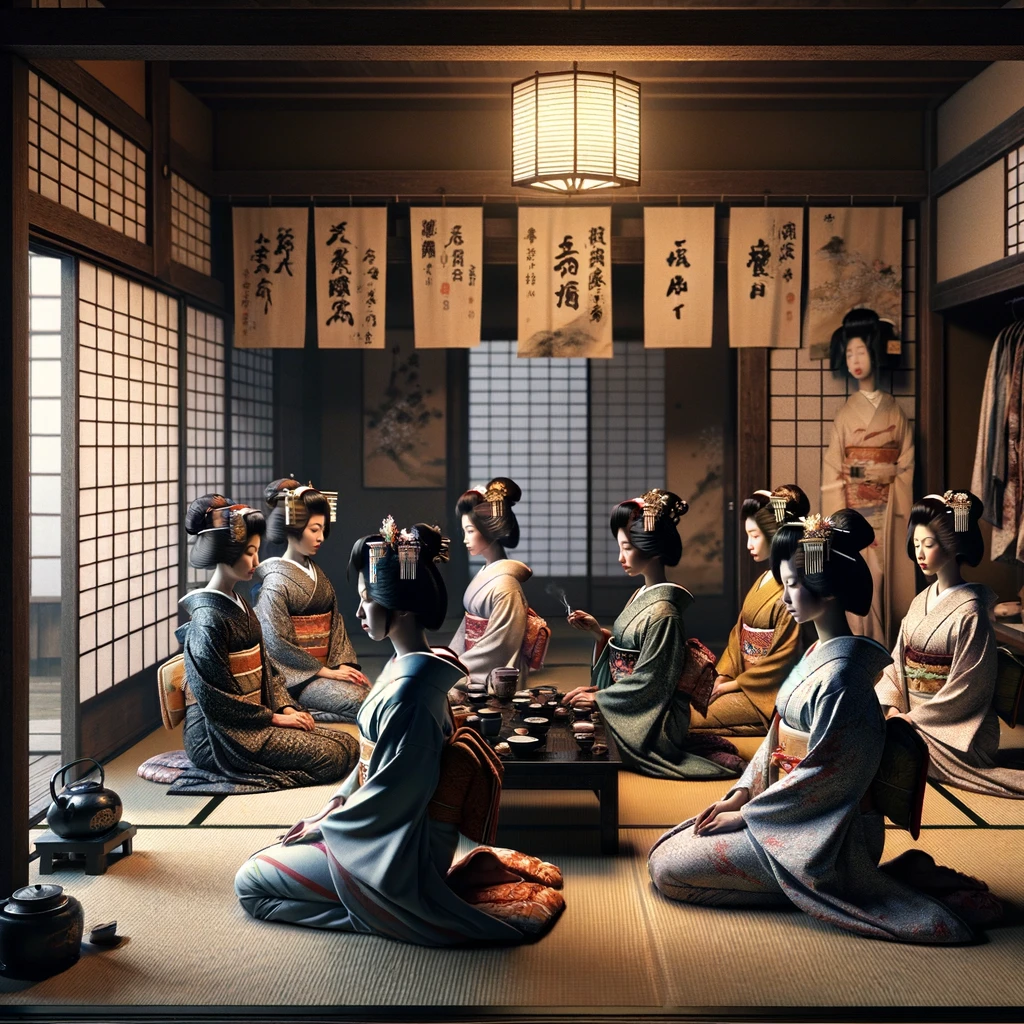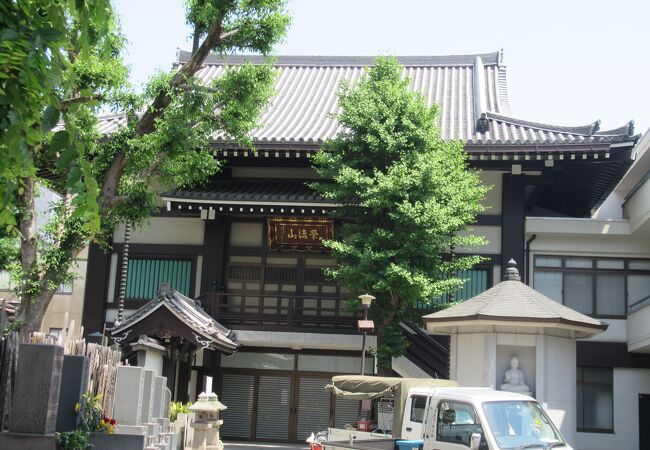
Let's examine the lives of courtesans, with a focus on the oiran. At that time, their living conditions were extremely unsanitary and poor. While high-ranking oiran were given private rooms, the majority of courtesans lived in small, enclosed spaces in groups. Furthermore, their diet was quite poor, consisting mostly of white rice, miso soup, and pickles, with leftovers from clients often saved for later consumption by the courtesans. Naturally, such a diet lacked sufficient nutrition.
Moreover, compared to modern times, the quality of water available for distribution during the Edo period was poor, and facilities such as baths and toilets were not well-maintained. In addition to their daily duties of sexual entertainment, the courtesans were more susceptible to infectious diseases due to their close-quarters communal living and poor sanitary conditions. This highlights how courtesans, especially the oiran, lived in extremely poor conditions at the time.
Diseases Common Among Oirans
Given the harsh living conditions, it's not surprising that diseases were rampant among courtesans. Let's explore some of the diseases that were particularly common among them.
Syphilis
One of the diseases most commonly contracted by courtesans during the Edo period was syphilis. Given their line of work, which often involved sexual activities with a large number of men, the risk of sexually transmitted diseases was extremely high due to ineffective or poorly distributed contraception methods of the time.
Syphilis was particularly dreaded and was a common affliction among courtesans. The disease could cause severe symptoms as it progressed, and without effective treatment available at the time, it was difficult to cure. Initially, syphilis might present with no or only mild symptoms, but if left untreated, it could cause significant harm throughout the body.
For courtesans, contracting syphilis was sometimes seen as a rite of passage, marking one as a "full-fledged courtesan." However, this view trivialized the seriousness of the disease, which could have severe implications for a courtesan's health and life.
As syphilis progressed, it could lead to the formation of gummas, elastic tumors that could eventually necrotize. One particularly feared effect was the impact on the face, leading to symptoms such as the collapse of the nose, which could be devastating for courtesans, affecting not only their appearance but also posing a life-threatening condition.
Thus, courtesans in the Edo period were constantly exposed to the significant risks of syphilis, a serious STD that made their lives far more difficult and dangerous than the glamorous facade of the red-light districts might suggest. Behind the scenes, they bore significant physical and mental burdens.
Tuberculosis
Tuberculosis, or consumption, was widespread across all levels of society in Edo-period Japan, affecting courtesans and high-ranking oiran alike. Known for claiming the lives of historical figures such as Okita Soji of the Shinsengumi, the reformist Takasugi Shinsaku, and the female writer Ichiyo Higuchi, tuberculosis was a feared disease not just among courtesans but throughout Japanese society at the time.
Highly contagious, tuberculosis could spread through the tiny droplets expelled by an infected person's cough or sneeze. Advanced stages of the disease caused chronic coughing, coughing up blood, weight loss, and fatigue. With the medical knowledge of the time, there was little hope for recovery once infected.
One reason courtesans were particularly susceptible to tuberculosis was the living conditions in the brothels. Confined spaces, stress from harsh working conditions, and poor nutrition weakened their immune systems. Additionally, the constant comings and goings within the brothel facilitated the spread of the disease.
Nagekomi-dera

Courtesans, centered around the highest-ranking oiran, were particularly susceptible to diseases such as syphilis and tuberculosis, with an average lifespan said to be around 22 years. Interestingly, after their deaths, these women were not buried but rather their bodies were discarded at temples. This practice began following the Ansei Great Earthquake in 1855. The earthquake, with a magnitude of 7, resulted in over 10,000 deaths, including many courtesans. Typically, the deceased would be returned to their families for burial and memorial services. However, courtesans, often sold into their profession, had no such family to claim them. Consequently, their bodies were disposed of at Jokanji Temple in Taito District.
From then on, courtesans who died, often from diseases, were discreetly taken to Jokanji Temple, earning it the nickname "Throw-in Temple." It is said that the treatment of the courtesans' bodies was quite rough, with them being thrown in naked. A phrase on the wall of the Throw-in Temple, Jokanji, read "Living in suffering, dead at Jokanji." This verse is attributed to the haiku poet Hanamata Hanayoi, who visited Jokanji and reflected on the sorrowful lives of the courtesans.
(Image citation: 4 travel)



